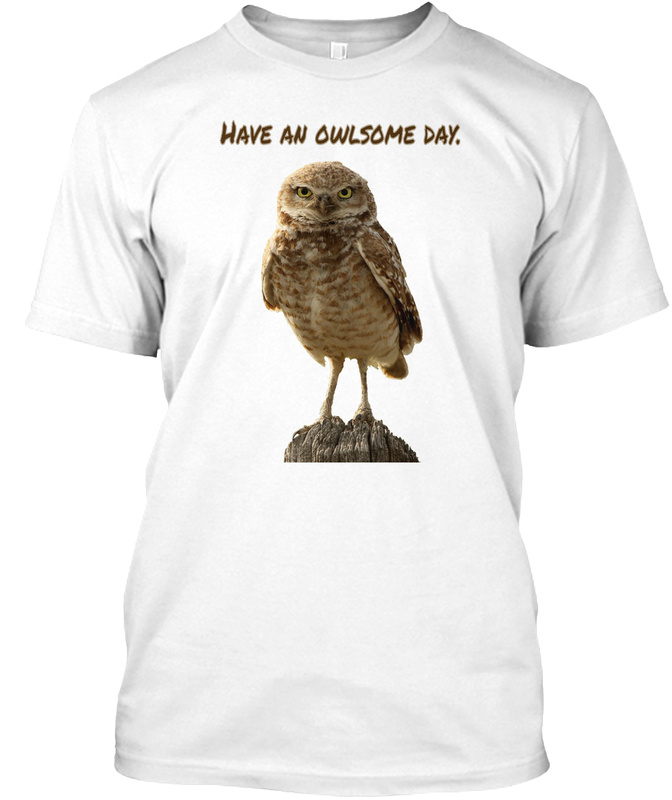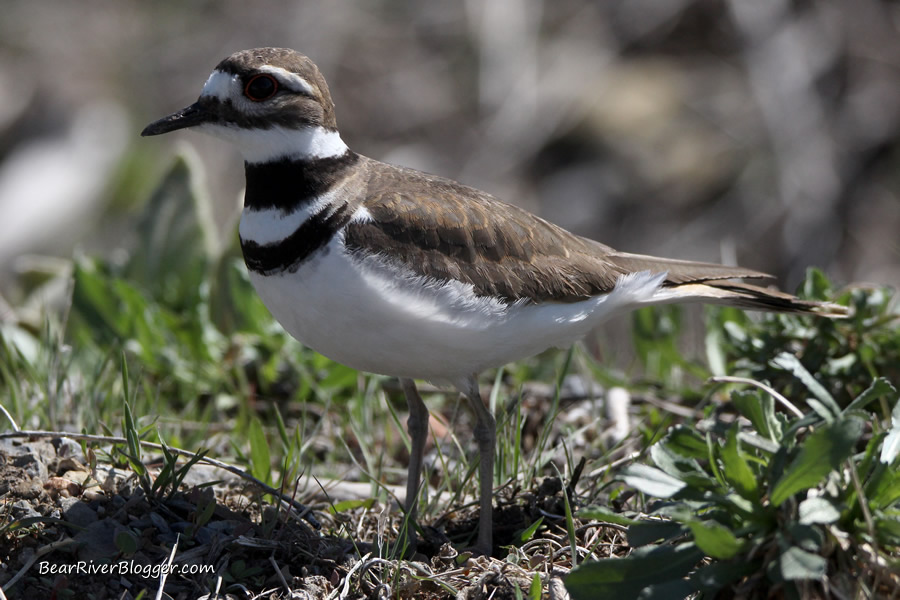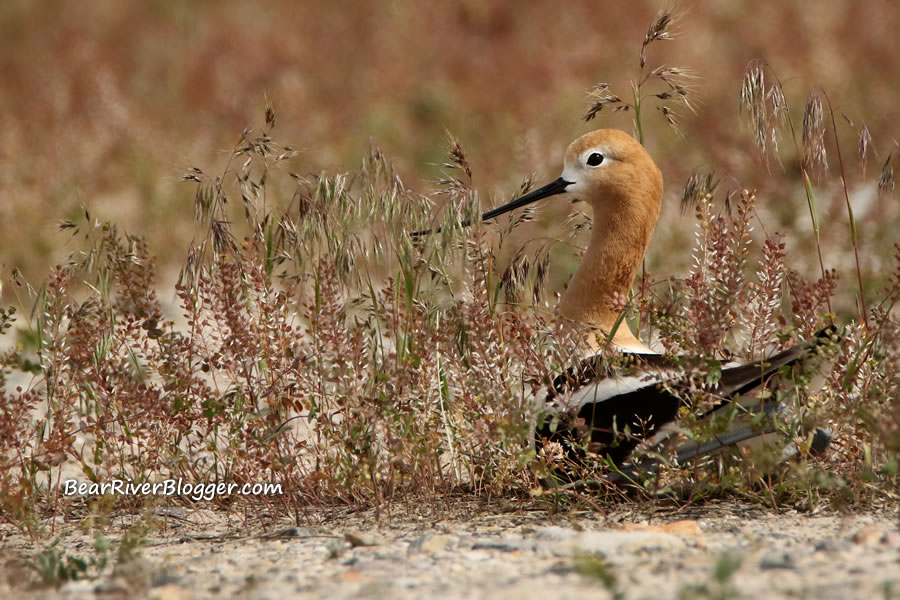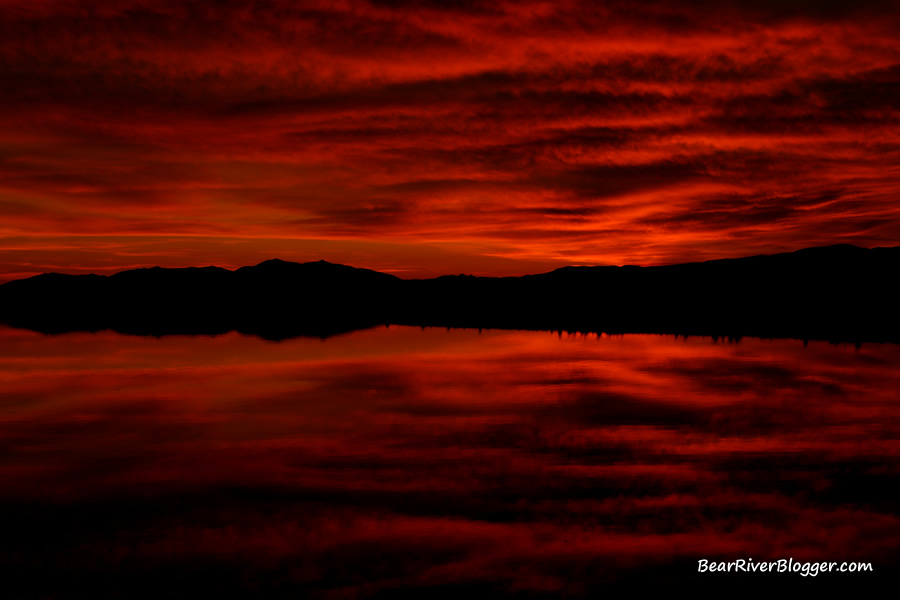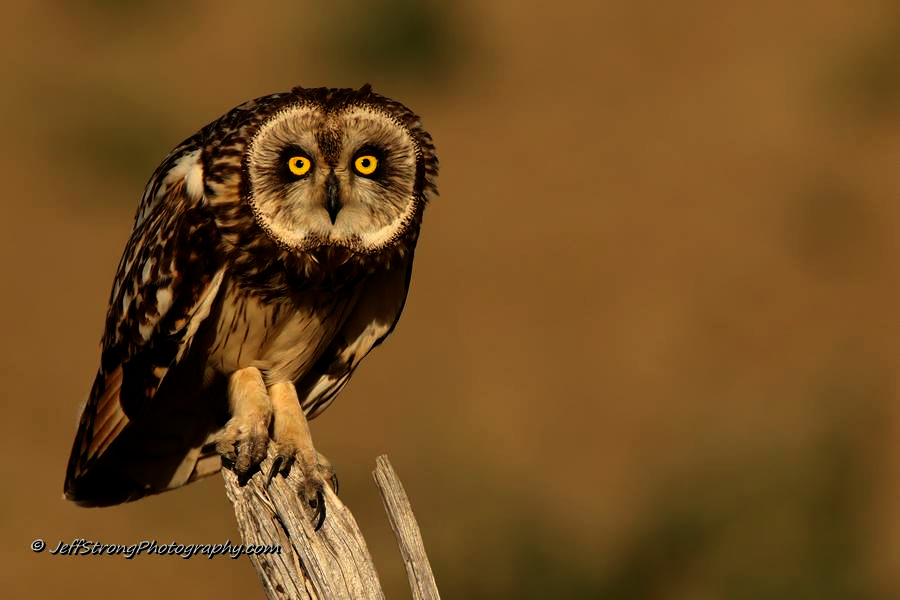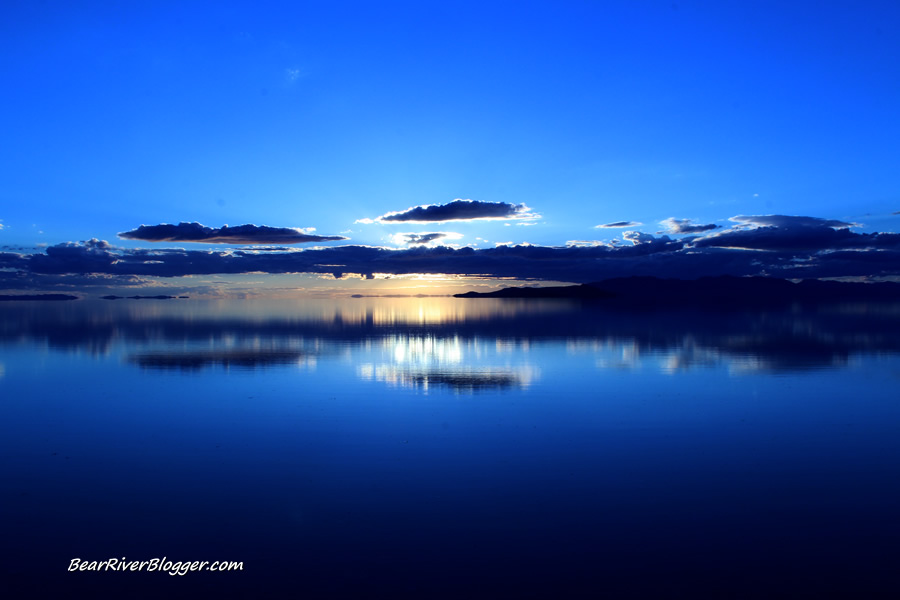I love taking nature and wildlife photographs, so much so it has become my true passion, of sorts, and the driving force behind this blog.
Yes, I must confess, I sincerely and truly enjoy capturing nature images with a camera, whatever camera I have at my disposal, that is, and sharing them with others.
Couple those wildlife and scenery photos with a few hastily penned paragraphs along the way and we have the rudimentary makings of this website, in fact.
But there is a part of the photographic world that has always bothered me to a small degree, and that is photography can sometimes be nothing short of a big lie if truth be told.
It’s not necessarily always a bad thing, mind you, but sometimes the image at hand doesn’t tell the whole story, and well, maybe at times, nor should it.
The one thing I know for sure from decades of pushing a shutter button is this, the art of photography is far more than just learning camera settings, composition, lighting, and the intricate workings of a fancy editing program, it’s also learning what to keep in and what to take out of a photo in order to tell the desired story.
Now what a viewer of an image doesn’t see is what part of the story stays, and what part of it goes, a decision made entirely by the photographer at some point along the way.
Sometimes this decision is handled through editing and cropping, and other times, as I will show you here, it is made by how we actually take the image right from the get-go.
Take a look at the image at the beginning of this blog post, a nice image of a killdeer taken at Farmington Bay WMA, one of my favorite places to photograph birds, by the way.
At first glance, the viewer might think this image was photographed in some kind of pristine natural habitat when, in fact, you can clearly see from the photo below, it was taken next to an asphalt parking lot.
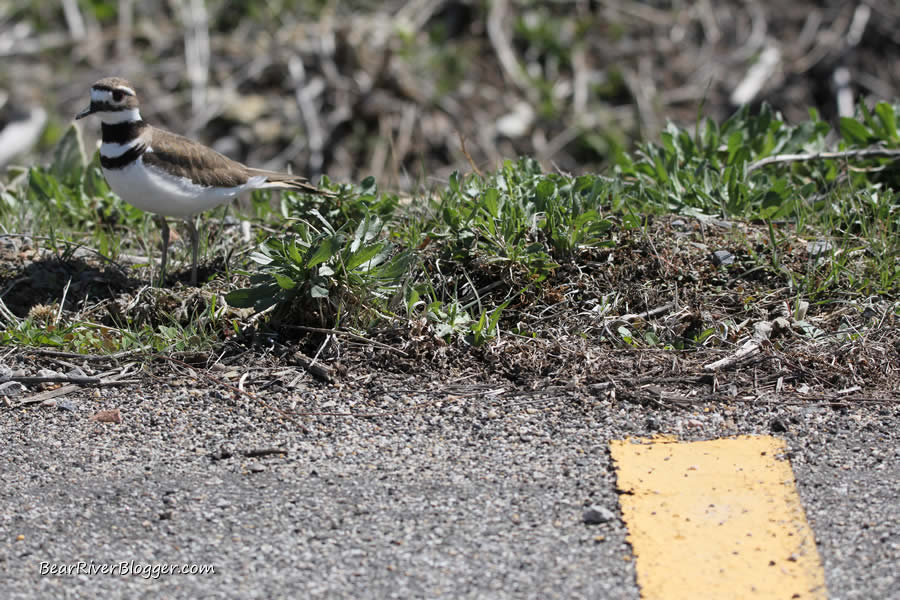
If I was to take a much larger photo of the scene, you would see that this piece of vegetation was just a small portion situated between parking rows in a large parking lot, nothing even close to what the first image alluded to.
As I was taking a few images of the killdeer, I wanted to not show the asphalt and yellow paint so I zoomed in almost as far as my 600mm lens would go and composed it accordingly so the viewer would have no idea it was taken in a parking lot.
Neither image is cropped to any degree and both images were taken within a few seconds of each other.
One just has a different viewpoint than the other, thanks to modern technology and a 600mm lens.
Is the first image misleading in any way? Maybe, maybe not.
It doesn’t tell the whole story of the killdeer being in an asphalt parking lot, but is that a necessary part of the story being told?
Does the viewer need to know about the bird actually standing in a parking lot or is it ok to infer through how the image was taken that the killdeer was standing out in some kind of lush, natural habitat, far away from man’s design?
This is how photographers can pick and choose what they convey through their images, it never, ever tells the whole story, but is that really a bad thing?

Let’s look at another example comprising of a bison I photographed on Antelope Island recently, another place I frequent with my camera.
At first glance, you might infer I was just a few feet away from the massive bull bison.
I purposely took this image at such a low angle while actually laying on the ground with my trusty 600mm Tamron lens zoomed in all the way to give the illusion of being right next to the large herbivore when, in fact, I was quite a long ways away and actually stationed right next to my vehicle for safety reasons.
(Editors note: Yes, I do take serious precautions when photographing bison on Antelope Island because I have seen way too many of these large animals charging ignorant people getting way too close.)
I backed off my zoom lens a bit and took another image that shows a little bit more of a realistic perspective of the large bison.
Even though this second image was still zoomed in fairly well in its own right and still doesn’t show just how far away I truly was, it does give a degree of fairness to the situation in being that I was not as crazy as the first image alluded to and I was much further away from the bison than the first image made it seem.
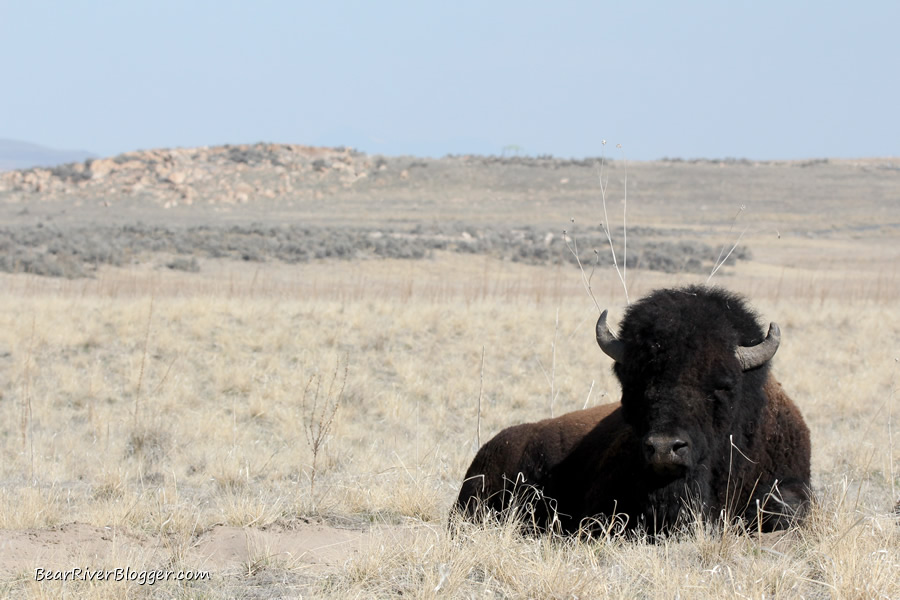
But once again, how the first image was taken tells a completely different story, and on purpose, mind you.
I wanted to give the illusion of being right next to the large bull without having to crop and edit the image to artificially do so.
This is how we as photographers can tell a completely different story than the photographer standing right next to us taking a photo of the same scene at the same time.
Is it a photographic lie or is it artist expression when we take such liberties with our images and how they are “purposely” taken for effect?
I truly don’t know for sure, I guess that is up to the viewer to decide.
When I see a situation, like the big bull bison laying in the grass, for example, my mind doesn’t think about anything else except a particular shot that usually comes to mind.
Sometimes, no, let me be truthful here, make that many times, it is not the actual situation that is sitting in front of me that I try and capture but rather, I do purposely take artistic liberties to capture and portray what I want the viewer to see.
I want you, the viewer, to focus on the bird and not see the asphalt parking lot so I leave it out.
In contrast, I want the viewer to get a sense of closeness, maybe even danger with a big bull bison, so I pull him in tight at a low angle with a large zoom lens.
This kind of thing is something each and every nature photographer does on an almost daily basis.
The image photographers post online is not what was truly seen, only a small, purposed section of it.
And sometimes I wish photographers, myself included, would show the whole story, the whole situation, as it were, and be a bit more open and honest about what they actually saw.
Photography can be, and oftentimes is, a powerful tool in a set of skilled hands.
Here is one last example to prove my point.
This past summer I went out to the Promontory Mountains to photograph birds, particularly burrowing owls and western meadowlarks sitting on old wooden fence posts.
After several hours of photographing birds, I was able to come home with this image of a meadowlark perched and singing on a rustic fence post.
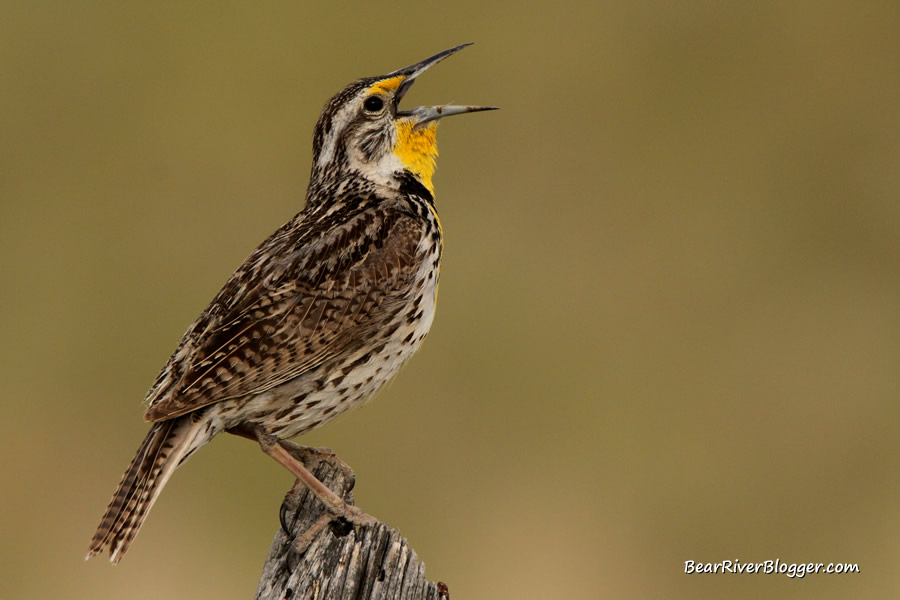
Now forgive me as I say this is quite possibly one of the best singing western meadowlark photographs I have ever taken.
It perfectly captured the bird singing on the old wooden fence post against a smooth, soft background.
But wait just a minute, is that what the background actually looked like when I captured this particular image?
Not in the least, and this is where skilled hands behind the camera can mislead the viewer to some degree.
This image more correctly portrays what the background actually looked like behind the singing meadowlark.
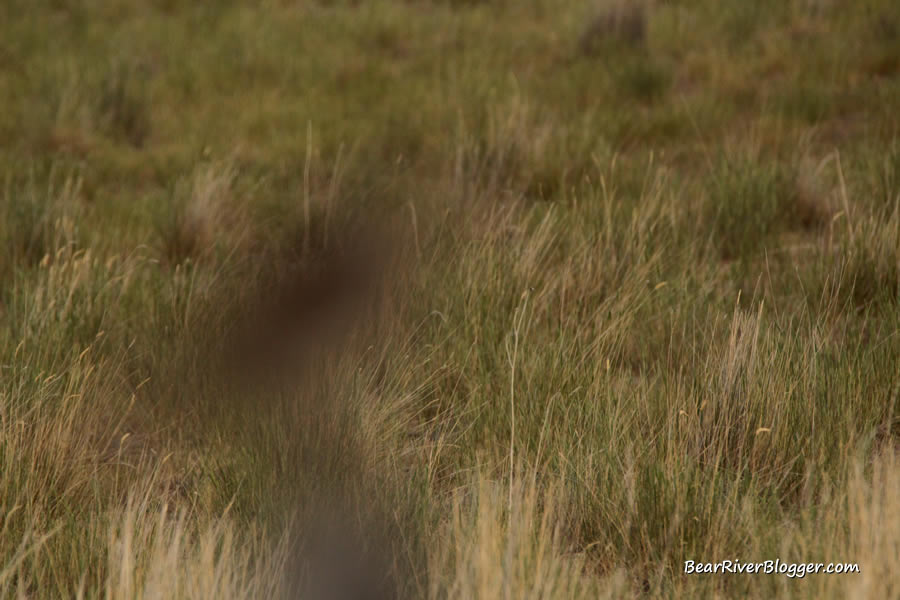
It was nothing more than a grass field where the meadowlarks hunt for insects when they aren’t perched atop the fence posts declaring their territories by their sweet, soothing songs.
I wanted to smooth out the background so I purposely shot the image in a way where the grass field would soften and smooth out, effectively disappearing in a way I guess.
Some photographers call this bokeh and I wrote a previous article on just how to do this by the way.
But the point here is, I purposely photographed the image in a way that was not what I was actually seeing but rather what I wanted you, the viewer, to see.
This is where I wonder where the line is drawn on what is a photographic lie and what is just artistic expression.
I don’t know where the line is drawn, if there is, indeed, one at all.
But, in essence, I do hope I at least made my point that photography is not always what it may seem and photographers, many times over, only tell the part of the story they want to tell through their images.
In any respect, I am one who enjoys a great nature image no matter what is going on outside of the frame.
I know firsthand just how hard it can be to capture unique and intriguing nature images so my hats off to any and all photographers that can and do purposely tell a specific story with their images.
If you are into nature like I am, feel free to head on over to my subscribe page and sign up for email notifications for future blog posts.
And feel free to help this website grow by sharing any blog posts you find interesting enough to share on your favorite social media outlet.
I thank you for your readership and support for my efforts here to enlighten and entertain you through my camera lens.
Birding Apparel
Use promo code save20 for 20% off this and all items in our online store Bird Shirts and More.
